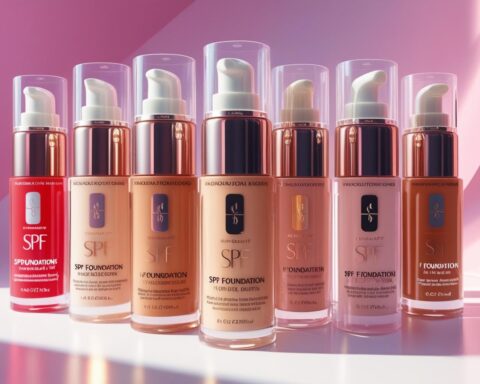Key Takeaways:
- The luxury resale market has become an attractive space for both sellers and buyers, with Rebag and Fashionphile leading the charge.
- The unique pricing strategies of Rebag and Fashionphile reflect the perceived value and scarcity of luxury goods, offering a plausible answer to why Rebag is sometimes more expensive than retail.
- While both platforms have their advantages, buyers and sellers must navigate carefully to understand the nuances of each marketplace and ensure the best returns or value for their money.
The Dawn of Luxury Resale Market
The luxury resale market has come a long way since its modest beginnings, driven by the Internet’s vast reach and customers’ changing attitudes towards pre-loved items. Rebag and Fashionphile, two online platforms founded in 2014 and 1999 respectively, have become pivotal players in this emerging industry. With a shared objective of reshaping the perception of pre-owned luxury items, these two platforms provide a treasure trove of handbags, jewelry, watches, shoes, and leather goods from top-tier fashion houses.
Scratching Beneath the Surface – Pricing Strategies
Luxury goods in the resale market may occasionally exceed their original retail price, leading to questions like “Why is Rebag more expensive than retail?”. This seeming anomaly is primarily due to the principles of supply and demand that govern the luxury goods industry. Limited edition items, discontinued models, or pieces from iconic collections that are no longer available in the retail market often command higher prices due to their scarcity. Additionally, brand recognition and the perceived value of luxury items also contribute to higher resale prices.
Rebag Vs. Fashionphile: What’s on Offer
Rebag and Fashionphile differ not only in their histories but also in their product offerings and business models. While both offer a variety of luxury items, Fashionphile leans more towards jewelry and watch brands, and does not deal with clothing. On the other hand, Rebag provides a broader range of apparel, including brands such as Canada Goose and Moncler, that are not found on Fashionphile.
Selling Your Luxury Goods: An Examination of Business Models
Rebag employs a unique model, offering sellers an immediate buyout option, where they are quoted a price for their luxury item. This value is determined by CLAIR – the Comprehensive Luxury Assessment Index for Resale. The advantage of this model is its simplicity and immediate payout, an attractive proposition for those in need of quick cash.
Fashionphile, conversely, offers both buyout and consignment options. Sellers receive their payment after the item has been sold. Although the payout might take longer, this option can be more profitable for sellers, especially for items sold above $3000, where Fashionphile only takes a 15% commission.
Buying Luxury: Know Before You Go
Buying luxury items from Rebag and Fashionphile requires an understanding of their unique features and offerings. Fashionphile partners with Neiman Marcus, allowing customers to receive their items at selected Neiman Marcus locations. They also provide detailed information about the age of items and offer superior photographs of the pieces.
Rebag, however, excels in the online description of product conditions, offering detailed insights into the wear and tear of an item. Additionally, Rebag allows customers to view many of their online items in-store, instilling confidence in their purchases.
Conclusion
The mystery of why Rebag is more expensive than retail can be demystified by understanding the principles of supply and demand, the perceived value of luxury items, and the specifics of the luxury resale market. Whether you’re a buyer or a seller, knowing the unique offerings and business models of platforms like Rebag and Fashionphile can ensure you’re getting the best deal and highest return on your luxury goods. It’s clear that the luxury resale market isn’t just a passing trend but an evolving industry offering exciting opportunities for all stakeholders.








